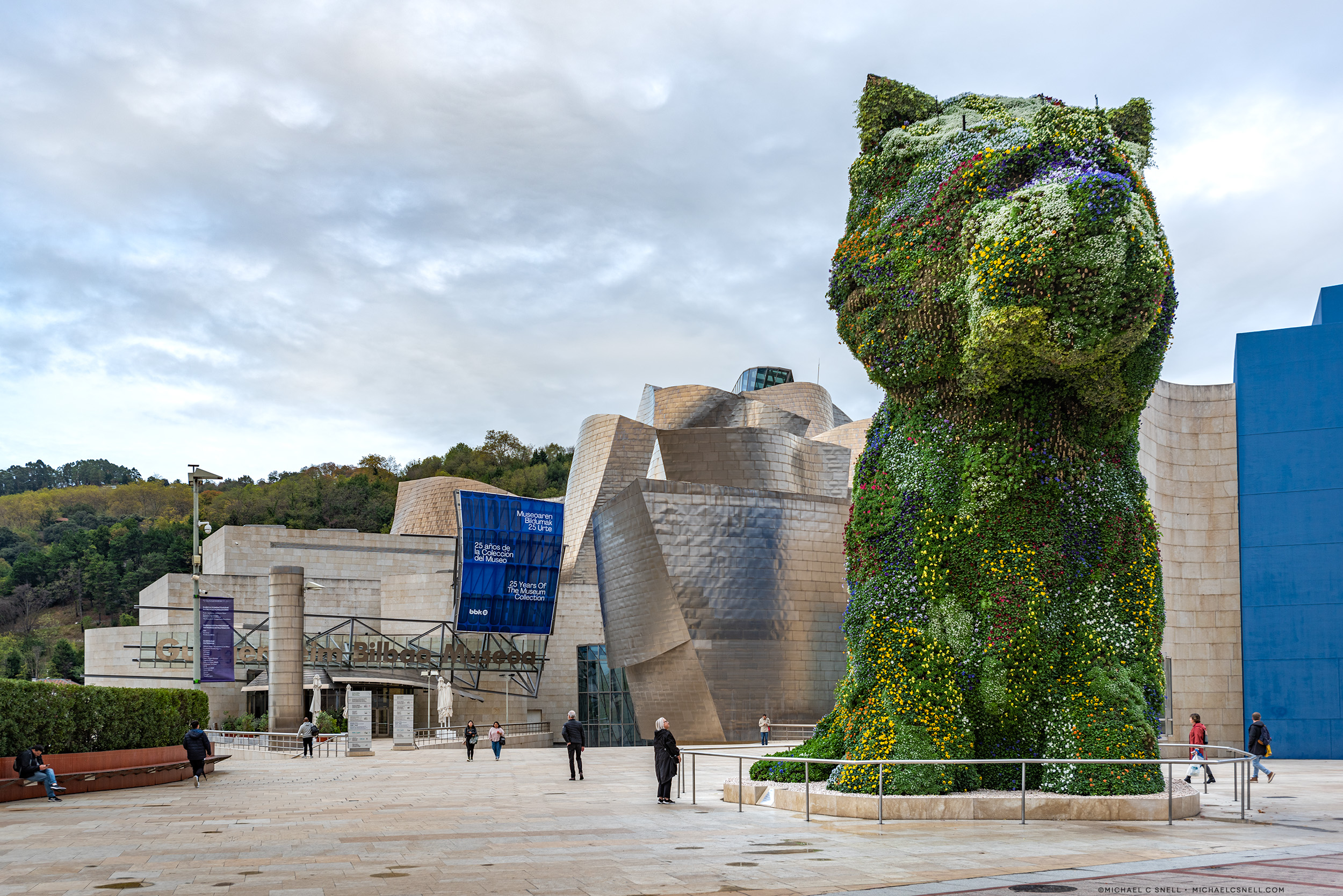
The Frank Gehry-designed Guggenheim Museum in Bilbao, guarded by Jeff Koons’ enormous, floral Puppy sculpture.
Re-Learning to Travel in Bilbao, Spain.
Last month, November 2022, I took my first post-pandemic international flight. In November of 2019 I’d gone to Japan. This time I went back to Spain, but a largely new part of Spain for me — Basque Country. Nearly three years without negotiating airports, working out packing logistics, prepping for photo locations… nothing. It was time to figure it all out again. Some things had changed, others hadn’t, but I’d forgotten so much.
I’ll do another post soon about some of the changes I made to my travel “system” but, for now, let’s talk about Spain…
Basque Country
This was a hybrid trip for me. The first portion, and the piece that drove it, was a press trip to Spain’s Basque Country. Bilbao would be our first stop for two nights, then San Sebastian for two nights, and a final night in Elciego before heading back to Madrid for one night. In Madrid I would pick up a rental car and head back north to explore more of Basque Country and “Green Spain” on my own.
The flight from Madrid to Bilbao arrived just before 1:00 in the afternoon. It was a short drive to the hotel, the Gran Hotel Domine Bilbao, which was situated just across the street from Bilbao’s main attraction: the Guggenheim Museum, Bilbao. Tough to beat as a location for a base camp for exploring this city on foot. A salad had been sent to my room for lunch, so I inhaled that, grabbed my cameras, and headed out to make some photos.
SIDE NOTE: If you want to learn more about Basque Country and the Basques, I recommend Mark Kurlansky’s book, The Basque History of the World. It will provide you with a much deeper understanding and appreciation for what is considered “Europe’s oldest nation without ever having been a country” (from the Amazon description). Especially if you decide to visit, this book will enrich your experience greatly.

GRAN HOTEL DOMINE BILBAO
My room at the Gran Hotel Domine Bilbao, overlooking the Guggenheim and the Puppy. I can’t imagine a better location when visiting Bilbao.
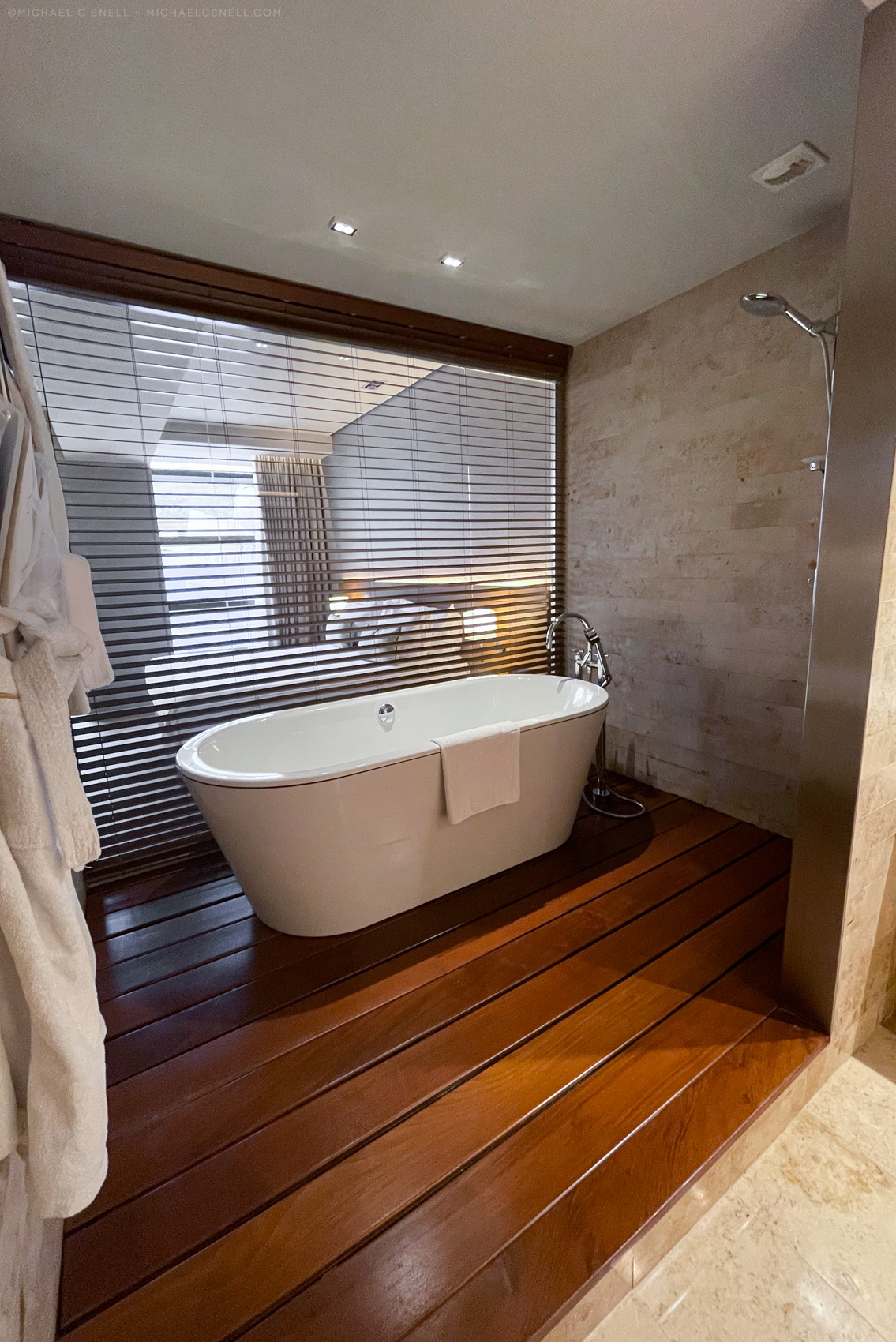
I knew a Guggenheim visit was on my itinerary for Day 2, so I decided to focus this first afternoon on exploring the town, mainly along the Nervión River. I crossed the street, passed the museum, and made my way to a foot bridge to get a better view of the river side of the Guggenheim. I crossed the river and followed it up to another Calatrava-designed footbridge before looping back toward the hotel.
For the photographers who might care about this sort of thing, I loaded myself up with my Nikon D810 with the 17-35mm zoom and my D850 with the 70-200. All images on this page were shot with those two bodies/lenses except for the hotel interiors. They were shot with my iPhone 12 Pro.
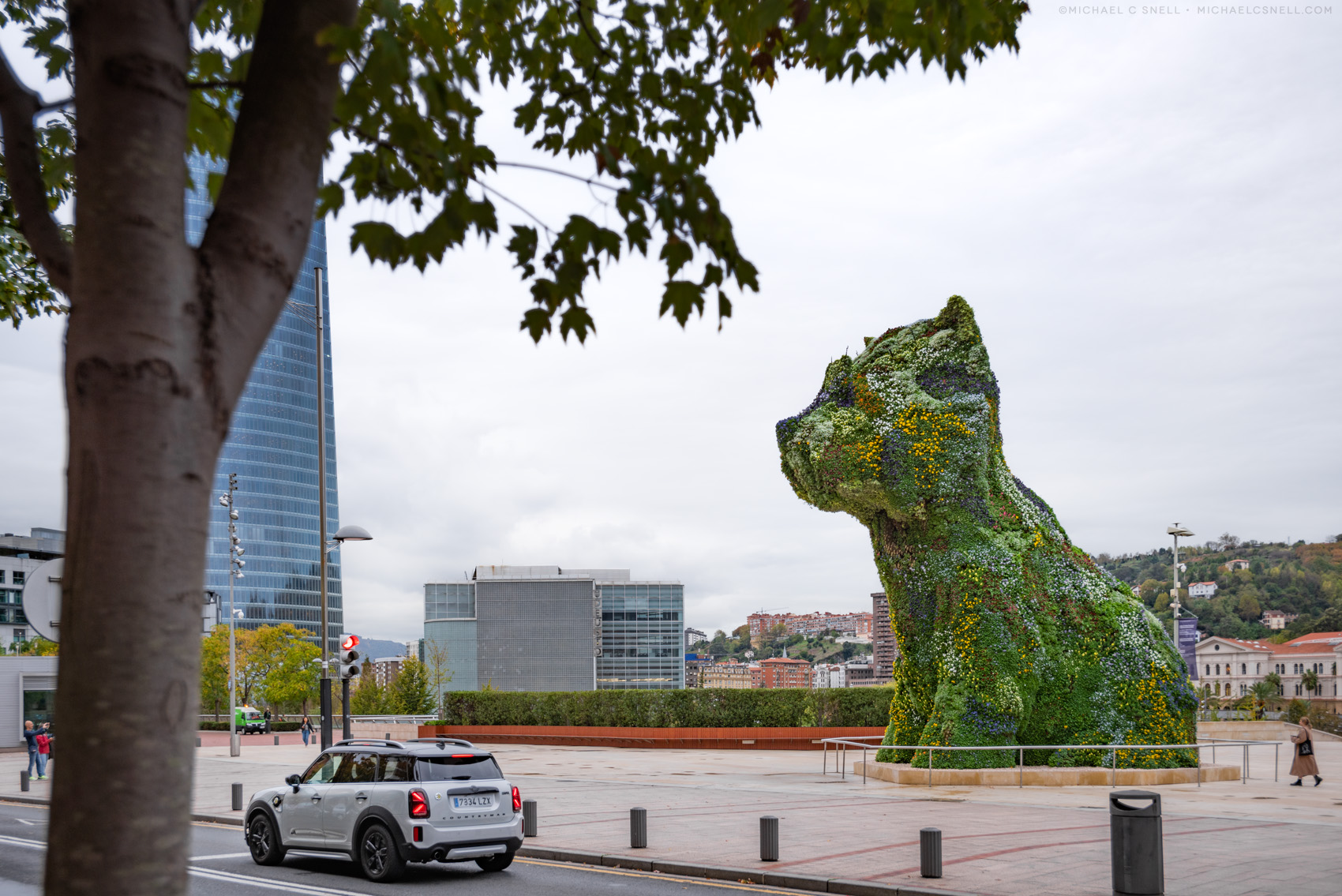
Jeff Koons’ Puppy sculpture sat just across the street from the door of my hotel.
The weather was a bit grey, but the forecast was looking rainy for the next several days so I happily accepted my leaden sky and was thankful I wasn’t getting soaked. It was a beautiful walk and it was so good to move about after the long flights.
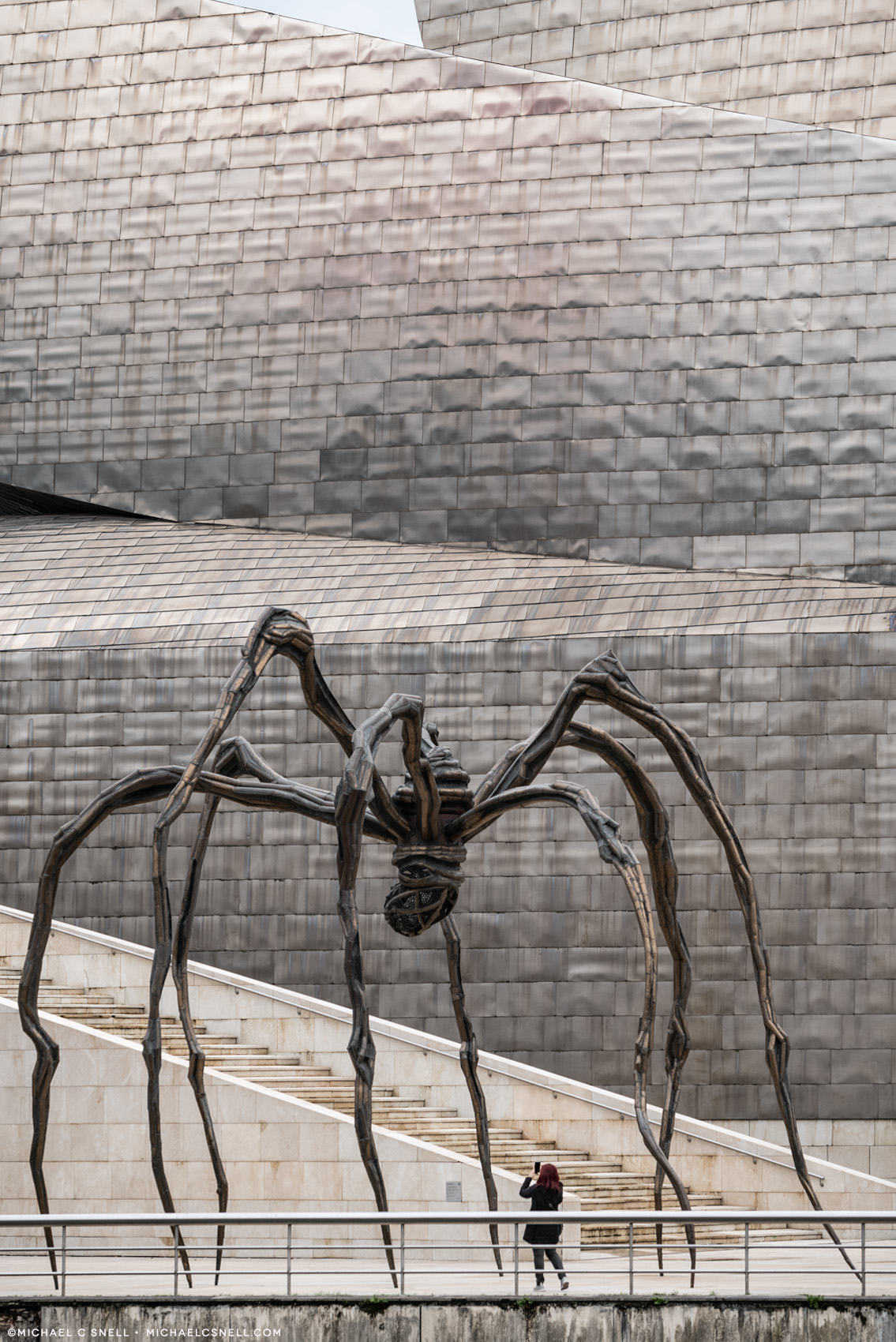
Of course I had to seek out Louise Bourgeois’ Maman spider since there is a similar one near my home at the Kemper Museum in Kansas City.

Art and stunning architecture everywhere you look. Iconic modern buildings living next to historic facades and even the walkways and bridges are visual treats. Murals cover bare walls and pops of color liven the streets.


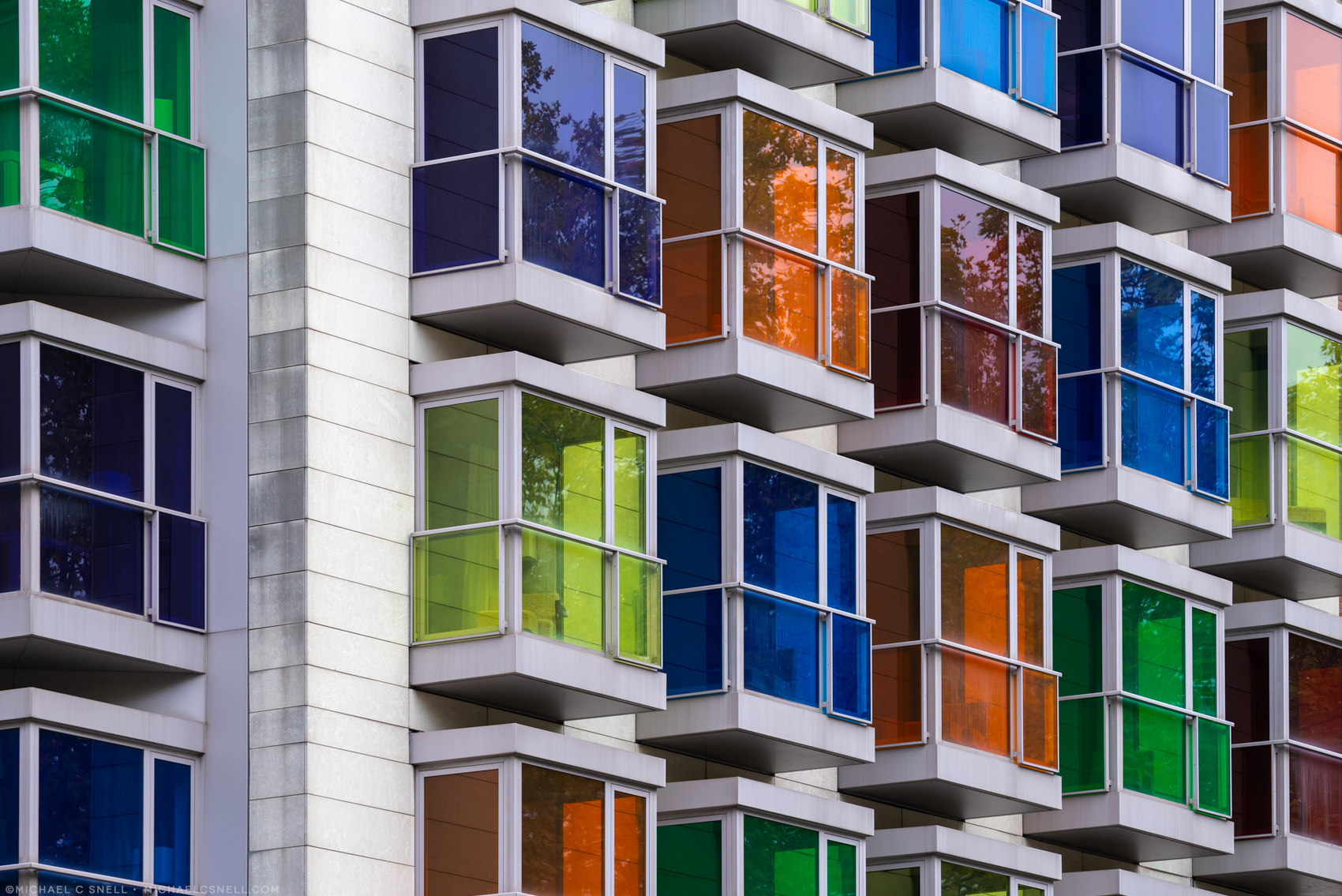
The area where the Guggenheim sits now, the area where I walked along the Nervión River, was historically very industrial. It was also prone to flooding. After a catastrophic flood in 1983, the Basque government decided to make some changes. The shipyards had moved further toward the sea so the old shipyards and former industrial lands were repossessed and reclaimed. The riverfront area was entirely remade, with the most visible project being the Guggenheim, opening in 1997. The Zubizuri (Basque for “white bridge”), is another iconic addition designed by architect Santiago Calatrava (who also designed the Bilbao airport, the City of Arts and Sciences in Valencia, the opera house on Tenerife and many other notable buildings around the globe). A pair of residential towers designed by Japanese architect Arata Isozaki were another significant component of the redevelopment.
The result is a very open, walkable riverfront that leads up river to the old town. There is a mix of old and new architecture but the new either blends in well or stands out to make its own, unique statement. It’s a riverfront to be proud of and it’s quite a success story for a former steel center to be able to begin a new chapter in this way.
Here is the Calatrava bridge:
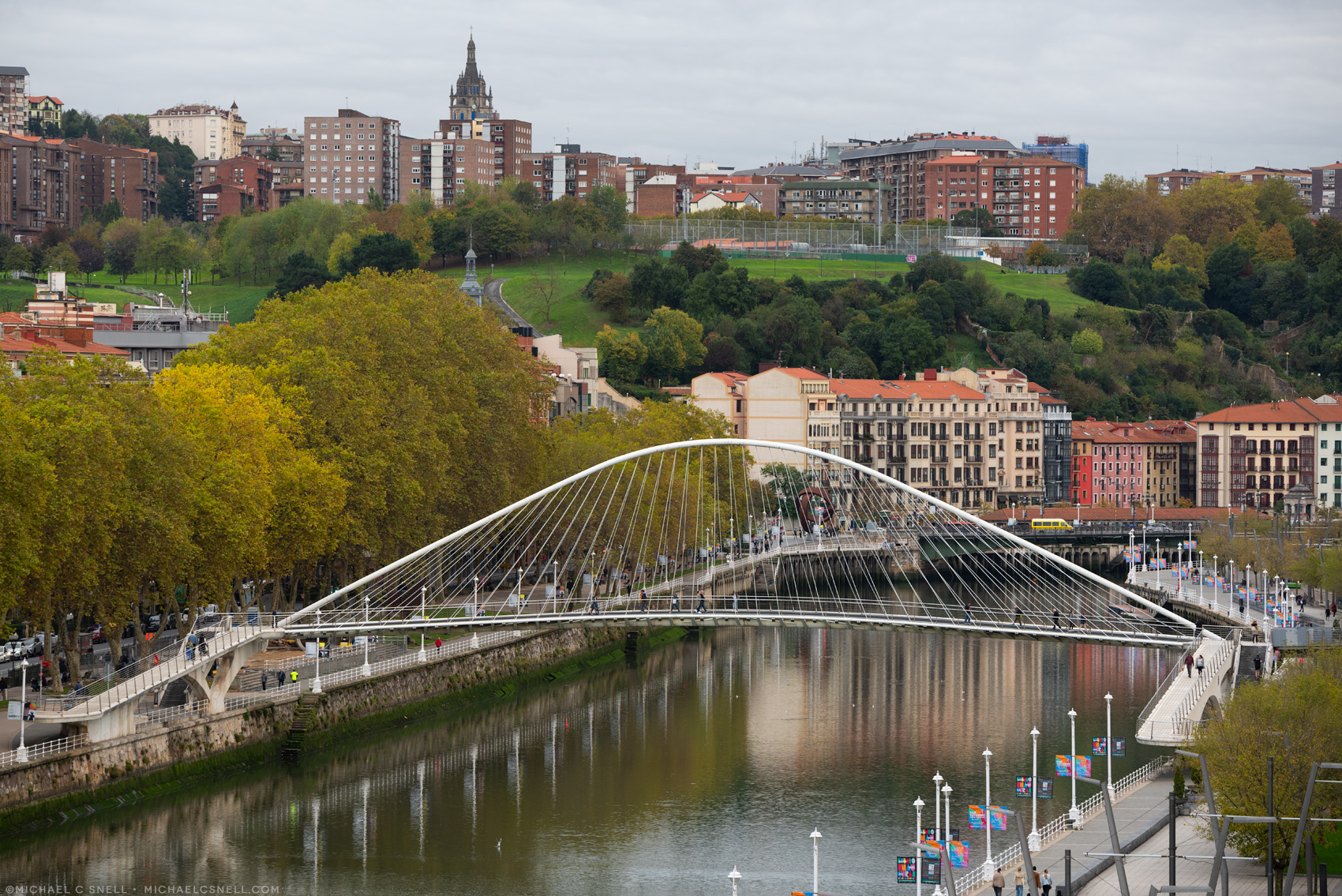
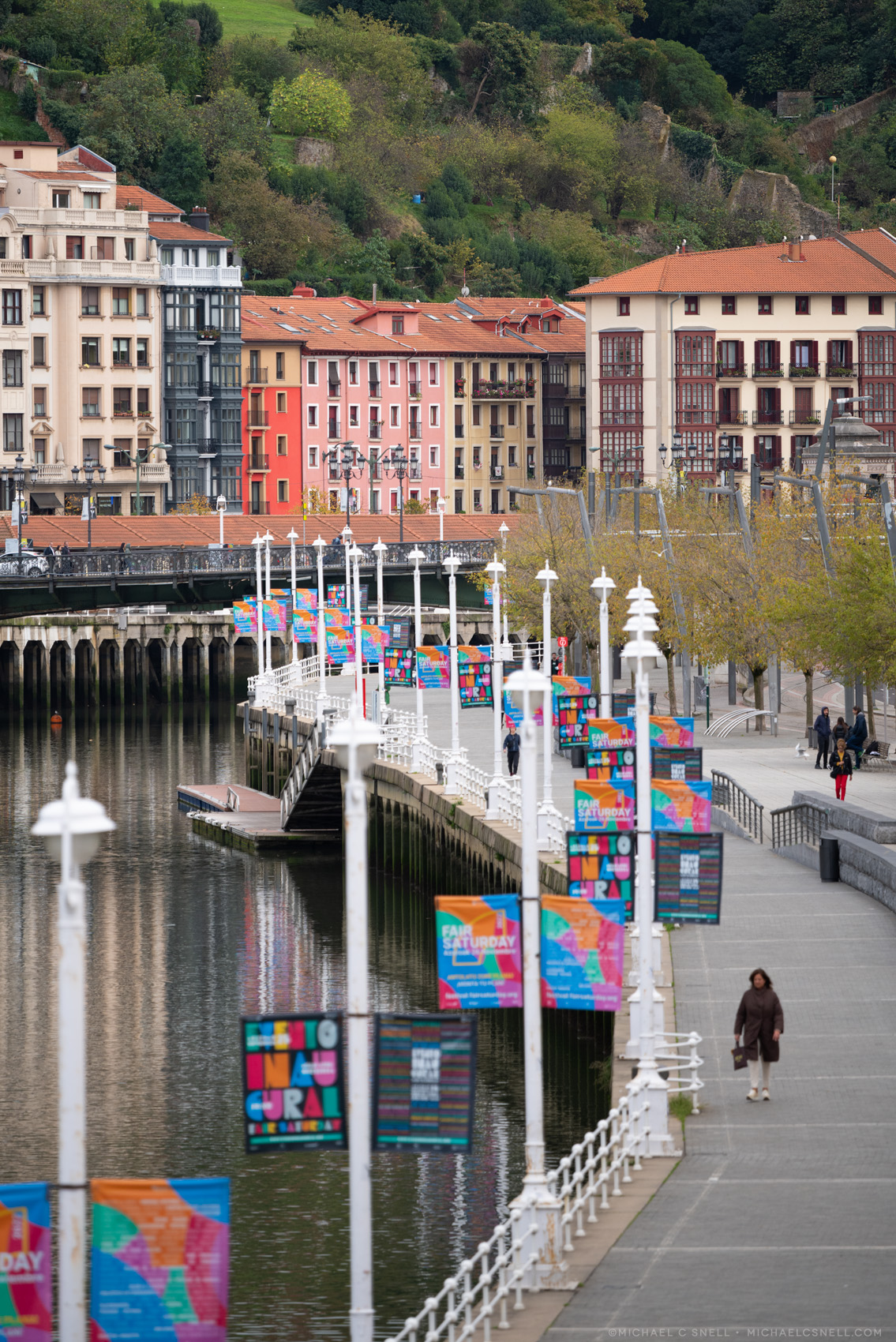
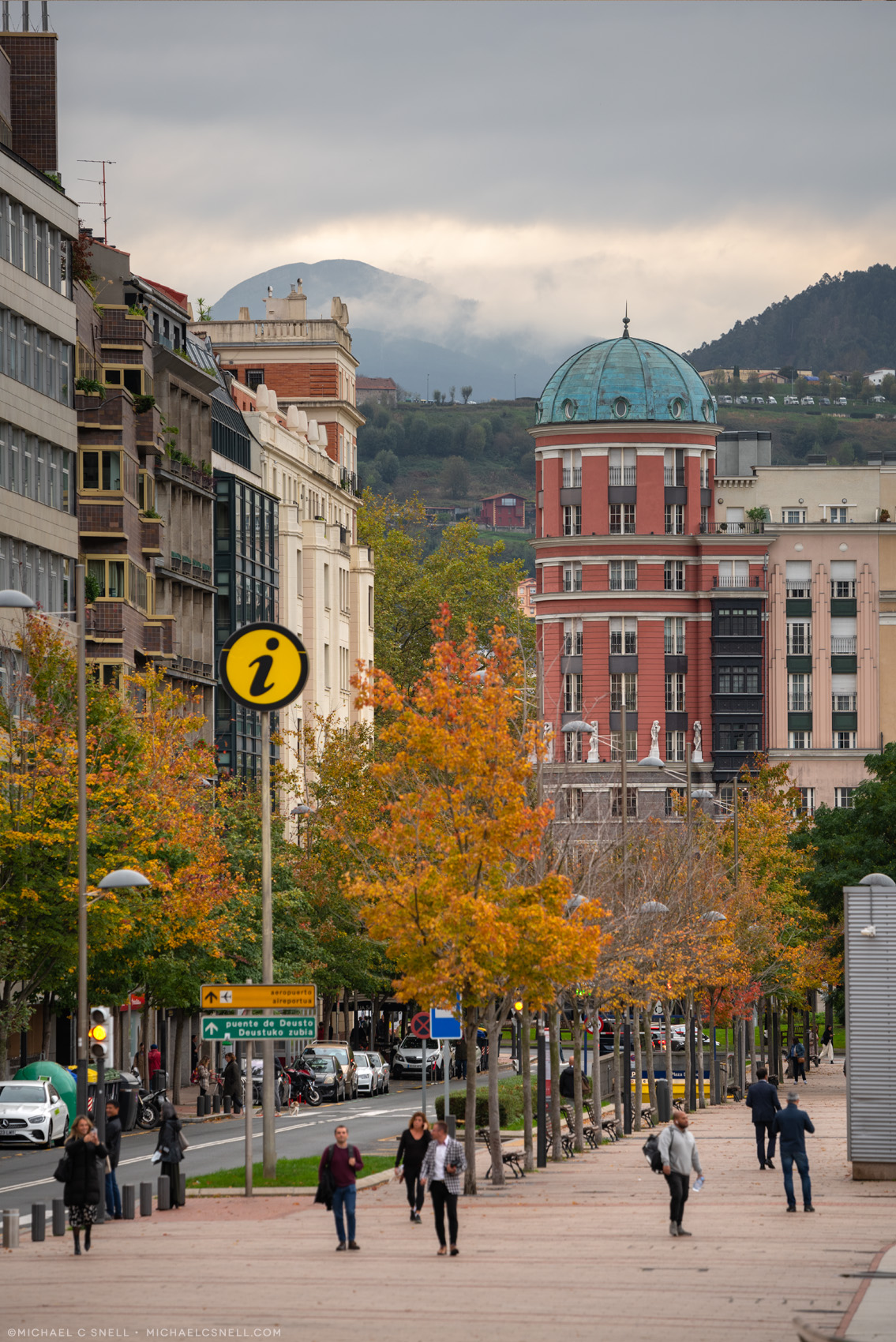
Next post, we’ll take a closer look at the Guggenheim.
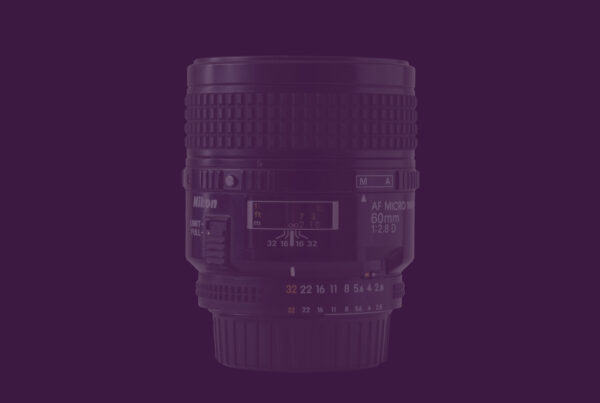
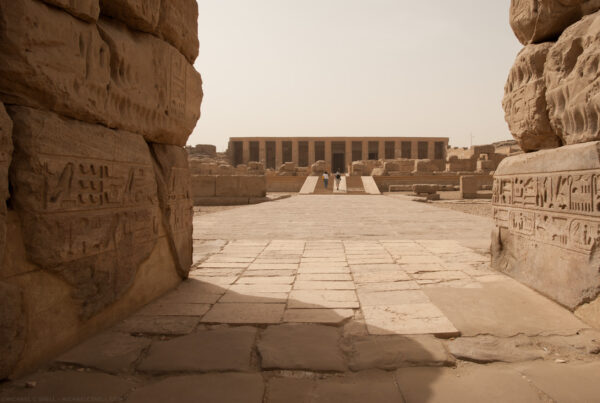
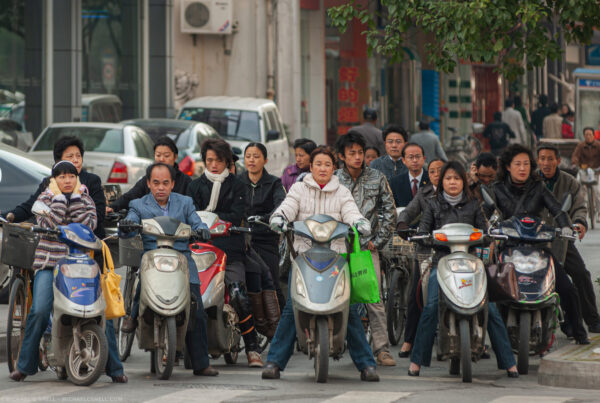

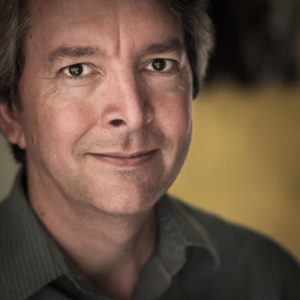
Nice shots! I loved it there!
Thanks, Kevin! Lots to love about northern Spain. Or Spain in general, for that matter.